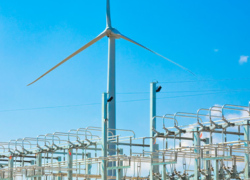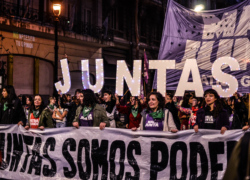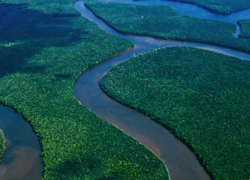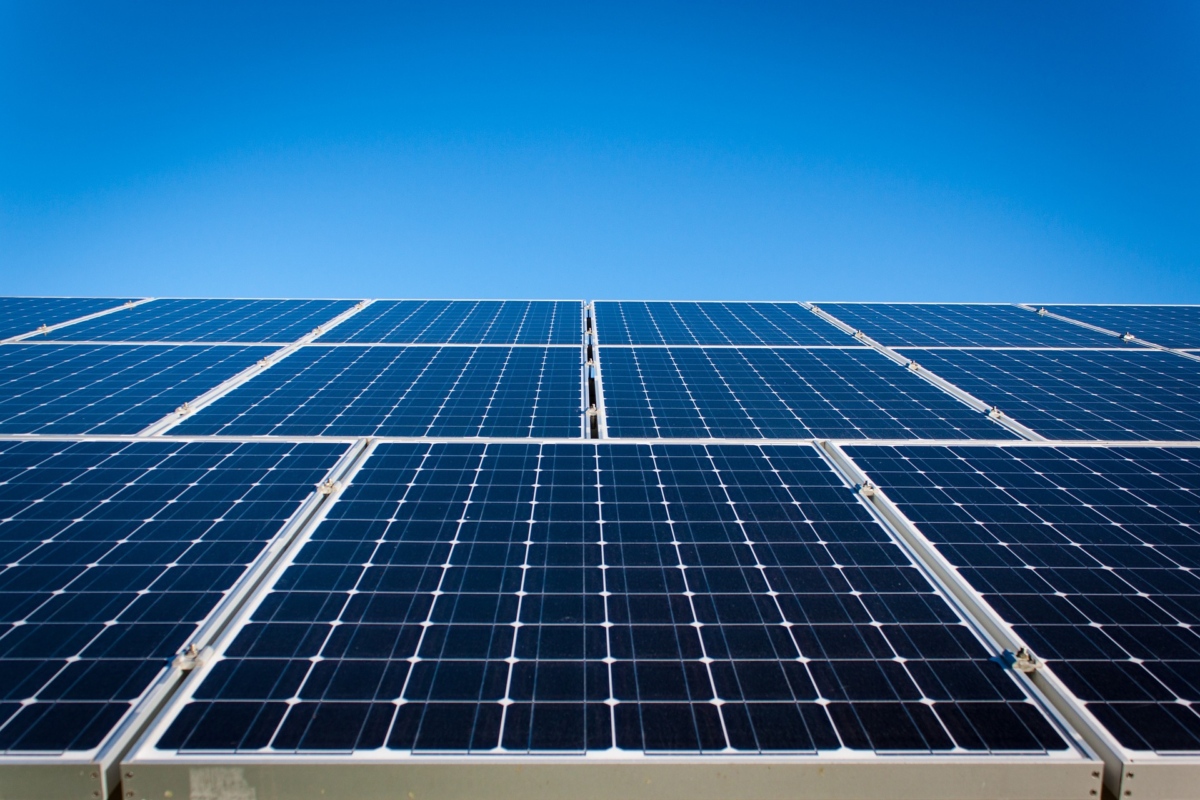
Energy Transition & Climate
The Inter-American Dialogue’s Energy Transition & Climate Program aims to accelerate a just energy transition and expand access to clean, secure, and affordable energy in the Western Hemisphere. By convening experts, policymakers, corporate leaders, and civil society to share balanced, innovative, action-oriented analysis, and best practices, the program aims to enhance energy security, mitigation, adaptation, and resilience to the climate crisis in line with the objectives and timeline of the Paris Agreement and Sustainable Development Goals.
Events See all
Analysis See all

Las elecciones presidenciales estadounidenses y su potencial impacto en el sector de la energía y el clima en América Latina y el Caribe
La forma en que se apliquen las políticas y se adapten a las realidades del comercio y la inversión será crucial para el futuro de las relaciones entre Estados Unidos y los países de la región.

Elections Series – ONLINE EVENT: A Conversation with Paul Simons on the US Election and the Future of Energy and Climate in Latin America
The Inter-American Dialogue’s Energy Transition and Climate Program hosted a virtual fireside chat on October 30, 2024 with Ambassador Paul Simons to discuss how the 2024 US presidential election could impact climate and energy policies in the Western Hemisphere.

US Presidential Elections – What Comes After November 5 for Latin America and the Caribbean?
The US presidential elections evoke a wide range of reactions and emotions in Latin America and the Caribbean, highlighting the variability of US economic and political influence across different nations.
Experts See all
Partners and Sponsors









































